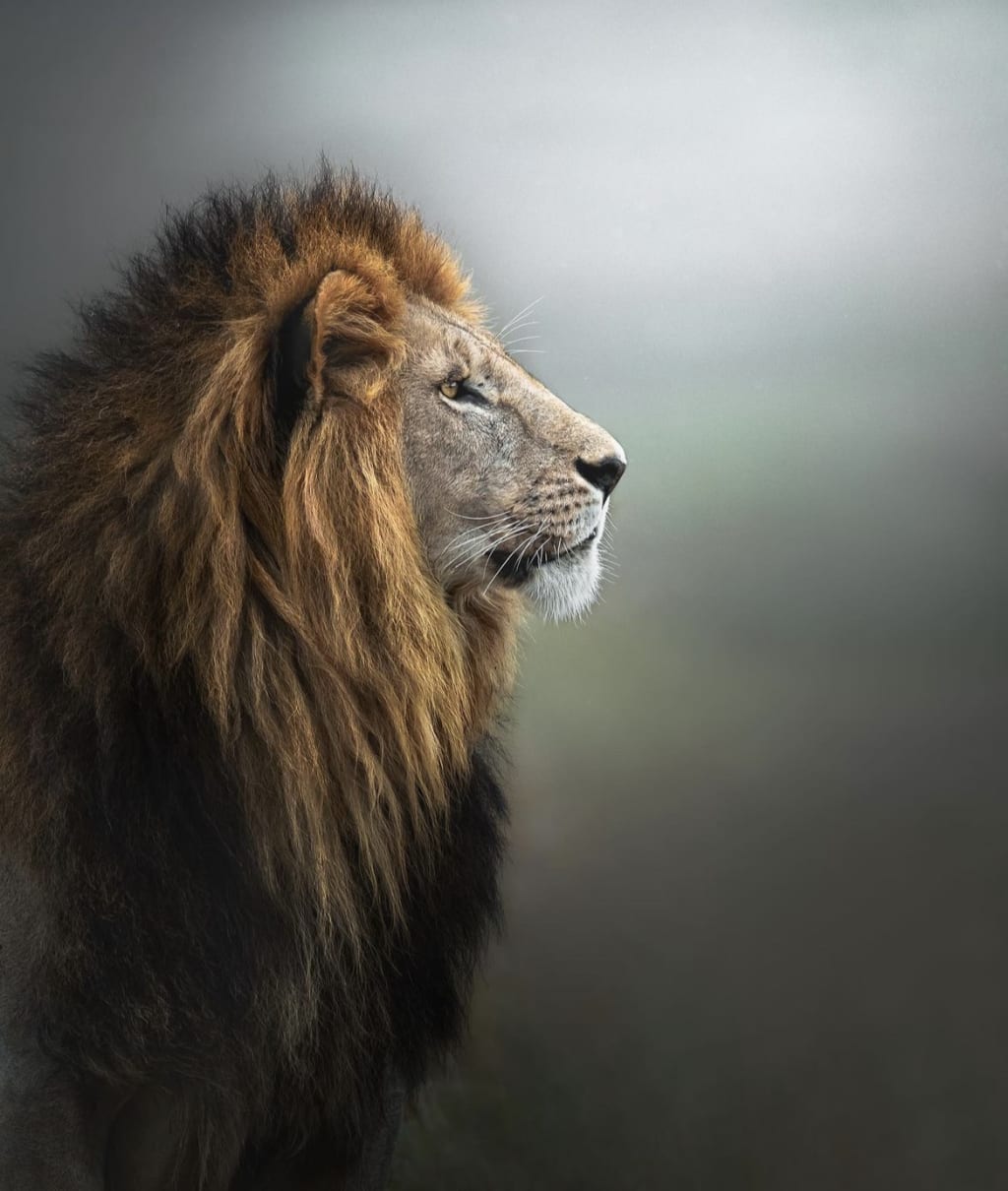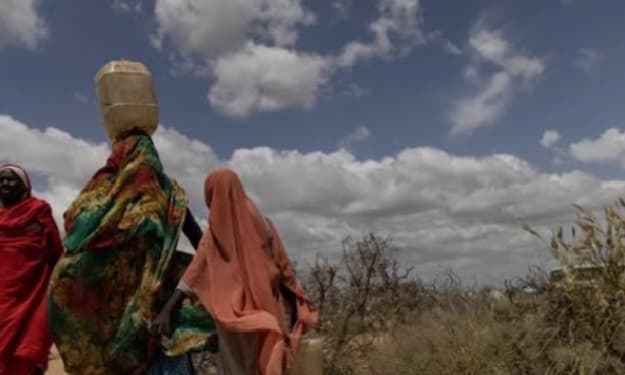
Part 2: Lion and the Safeguard
Inspired by their peaceful coexistence with the lion, the villagers embarked on an extraordinary journey to safeguard their shared environment and preserve the delicate balance of their ecosystem. Recognizing the importance of taking comprehensive measures, they established a dedicated conservation committee comprising passionate individuals from various walks of life.
Working in collaboration with wildlife experts and organizations, the committee formulated a comprehensive plan to protect the local wildlife, with a particular focus on the majestic lion that had become an integral part of their village's story.
To ensure the lion's habitat remained intact, the villagers created designated protected zones within the surrounding wilderness. These areas were carefully chosen to encompass the lion's natural territory, allowing it to roam freely without interference from human activities. The committee established strict guidelines to ensure that these zones were off-limits for any form of human encroachment.
To effectively monitor the protected zones, the committee organized regular patrols comprised of trained individuals from within the village. These dedicated volunteers were tasked with safeguarding the boundaries and preventing any potential infringement. Armed with knowledge about the lion's behavior and movement patterns, they diligently patrolled the areas, often collaborating with park rangers and wildlife experts to ensure the integrity of the protected zones.
Understanding that education was key to fostering a culture of cohabitation, the committee initiated comprehensive educational programs for both adults and children in the village. They organized workshops, seminars, and interactive sessions to raise awareness about the importance of conservation and responsible practices.
The educational programs focused not only on the lion but also on the delicate interconnectedness of the entire ecosystem. The villagers learned about the vital role played by each species in maintaining a healthy environment. By understanding the intricate web of life, they developed a deep appreciation for the lion and its significance within their ecosystem.
Local farmers, who had previously faced challenges due to lion predation, received specialized training on implementing effective livestock management practices. They were educated about the construction of sturdy enclosures and the use of non-lethal deterrents to safeguard their animals. The committee worked closely with the farmers, providing resources and support to ensure the successful implementation of these practices.
One of the key strategies employed by the committee was the installation of solar-powered lights around the perimeters of the villages. These lights automatically turned on during nighttime, creating a bright and uncomfortable environment for the lions. The villagers observed that the lions were naturally inclined to avoid well-lit areas, as it disrupted their ability to hunt undetected. The lights not only served as a deterrent but also ensured the safety of the villagers by illuminating potential hazards in the vicinity.
In addition to the lights, the committee strategically placed speakers in key locations. These speakers emitted loud, sudden noises designed to startle and discourage the lions from venturing too close to the villages. The villagers observed that these non-lethal deterrents reinforced the lion's natural instinct to avoid human contact, minimizing the risk of conflicts.
The success of these initiatives became evident over time. Livestock predation incidents decreased significantly, leading to improved relationships between the villagers and the lion population. The coexistence was not without occasional challenges, but the committee's proactive approach and continuous adaptation helped mitigate conflicts.
News of the villagers' achievements and their harmonious relationship with the lion spread to neighboring communities. Intrigued and inspired, these communities expressed a strong desire to learn from their experience. The conservation committee gladly extended its support, sharing their knowledge and providing guidance to other villages interested in implementing similar initiatives.
A network of collaboration and support began to form, with neighboring communities joining hands to protect their own wildlife. The committee organized workshops and exchange programs, where villagers shared their success stories and learned from one another's experiences. This collaborative effort created a ripple effect, with more communities embracing a harmonious approach to living alongside wildlife.
The lion
About the Creator
Enjoyed the story? Support the Creator.
Subscribe for free to receive all their stories in your feed. You could also pledge your support or give them a one-off tip, letting them know you appreciate their work.





Comments
There are no comments for this story
Be the first to respond and start the conversation.